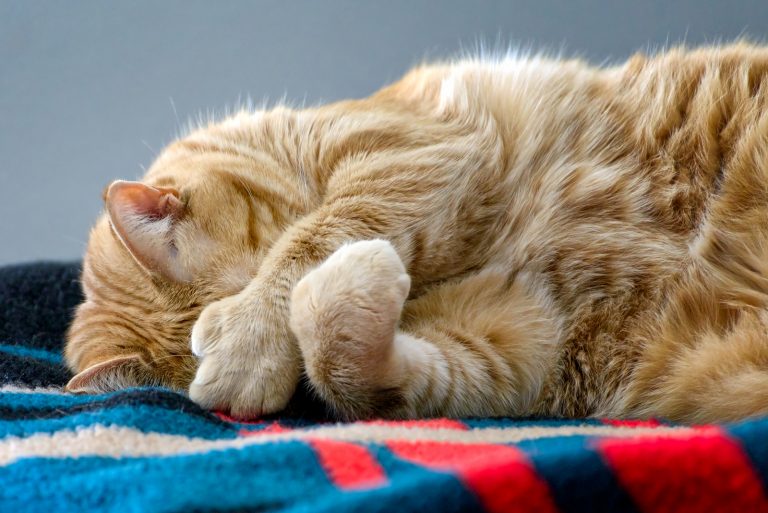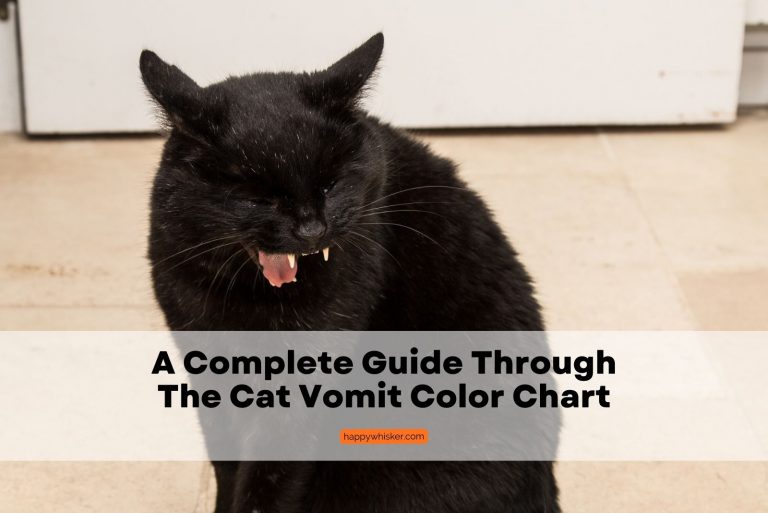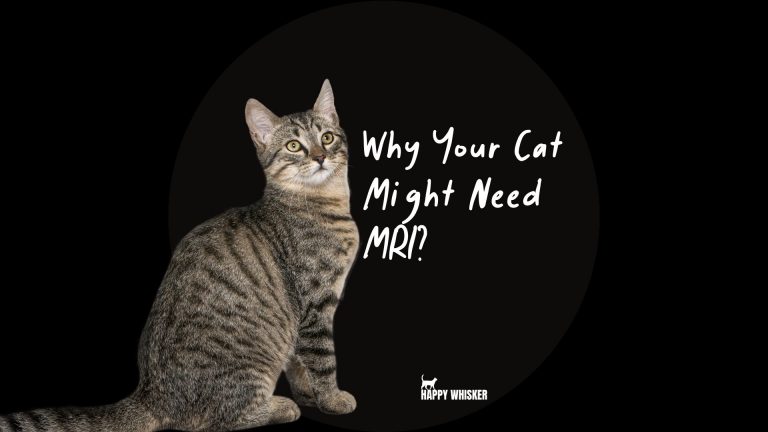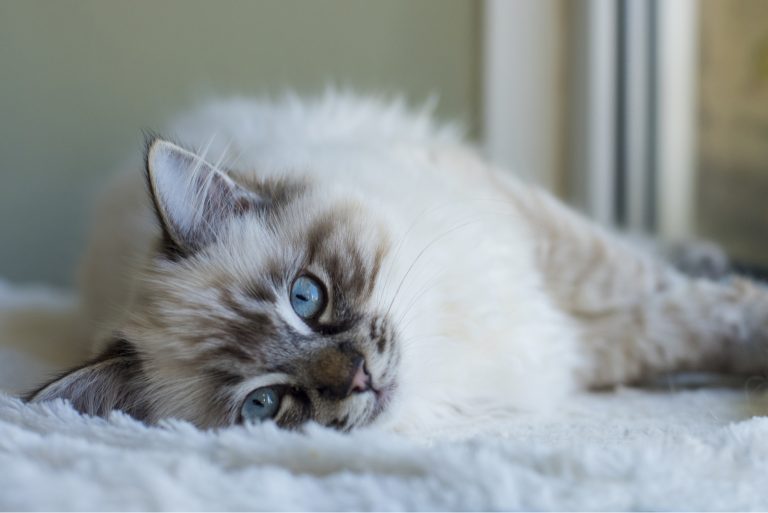Importance Of Cat Poop Color Chart – Understanding Felines
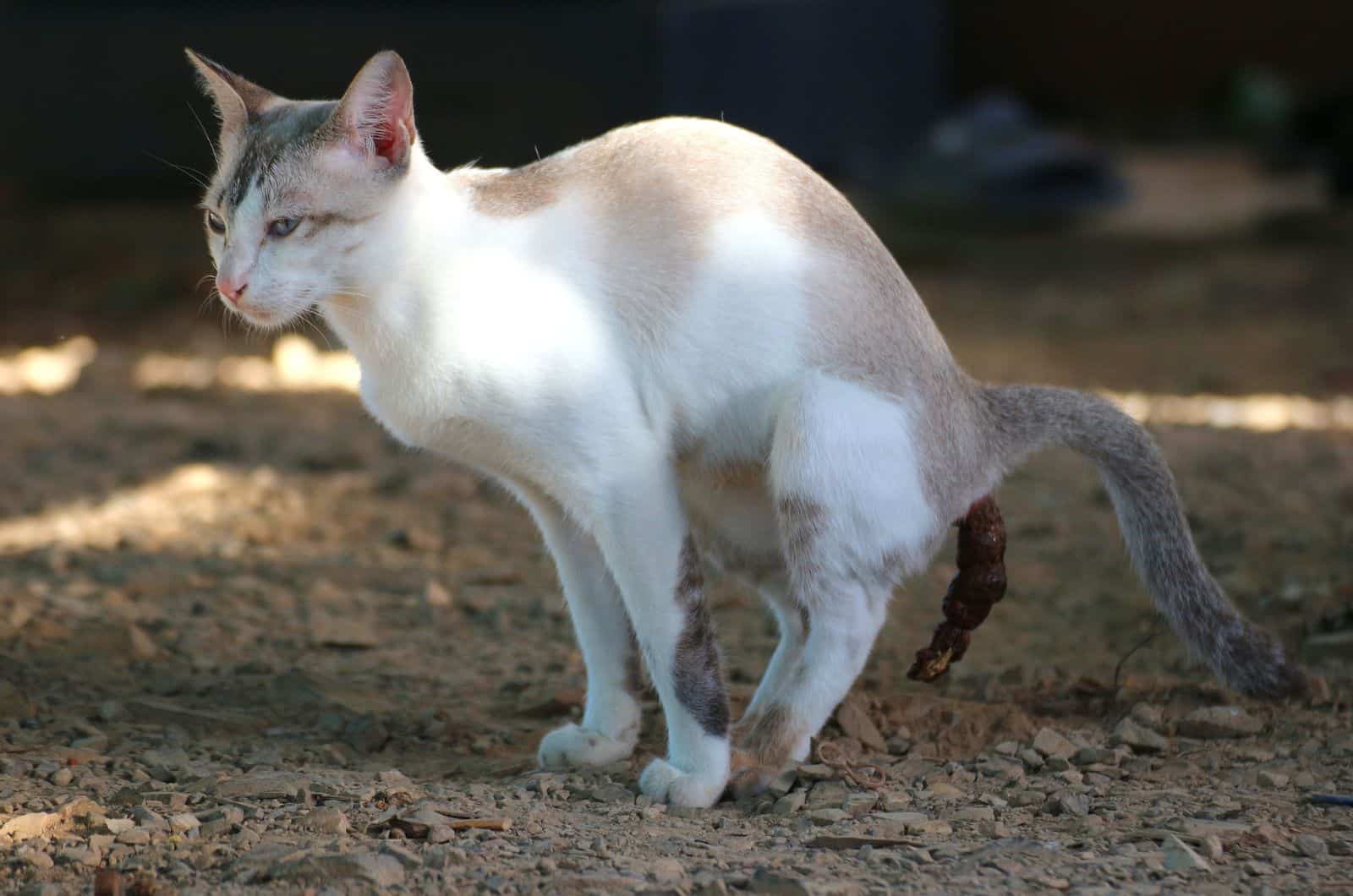
Your cat’s poop may reveal a lot about its general health, and changes in the litter box are sometimes the first symptom of an illness or disease.
A healthy cat’s feces should be smooth and sausage-shaped. This suggests your cat is doing well, and you should continue what you’re doing to maintain its health!
If your cat’s feces is runny, very hard, or an odd color, it signals that your kitty isn’t in good health, and you should take them to the vet. All cat owners should be aware of the different textures and colors that cat poop can have (so you’re in the right place).
I’ve summed up what a healthy cat poop should look like, what to do if you’re worried about your cat’s excrement, and more. Continue reading to find out how this cat poop color chart can help you monitor your cat’s health.
Cat Poop Color Chart – What’s The Meaning Behind Your Cat’s Poop?
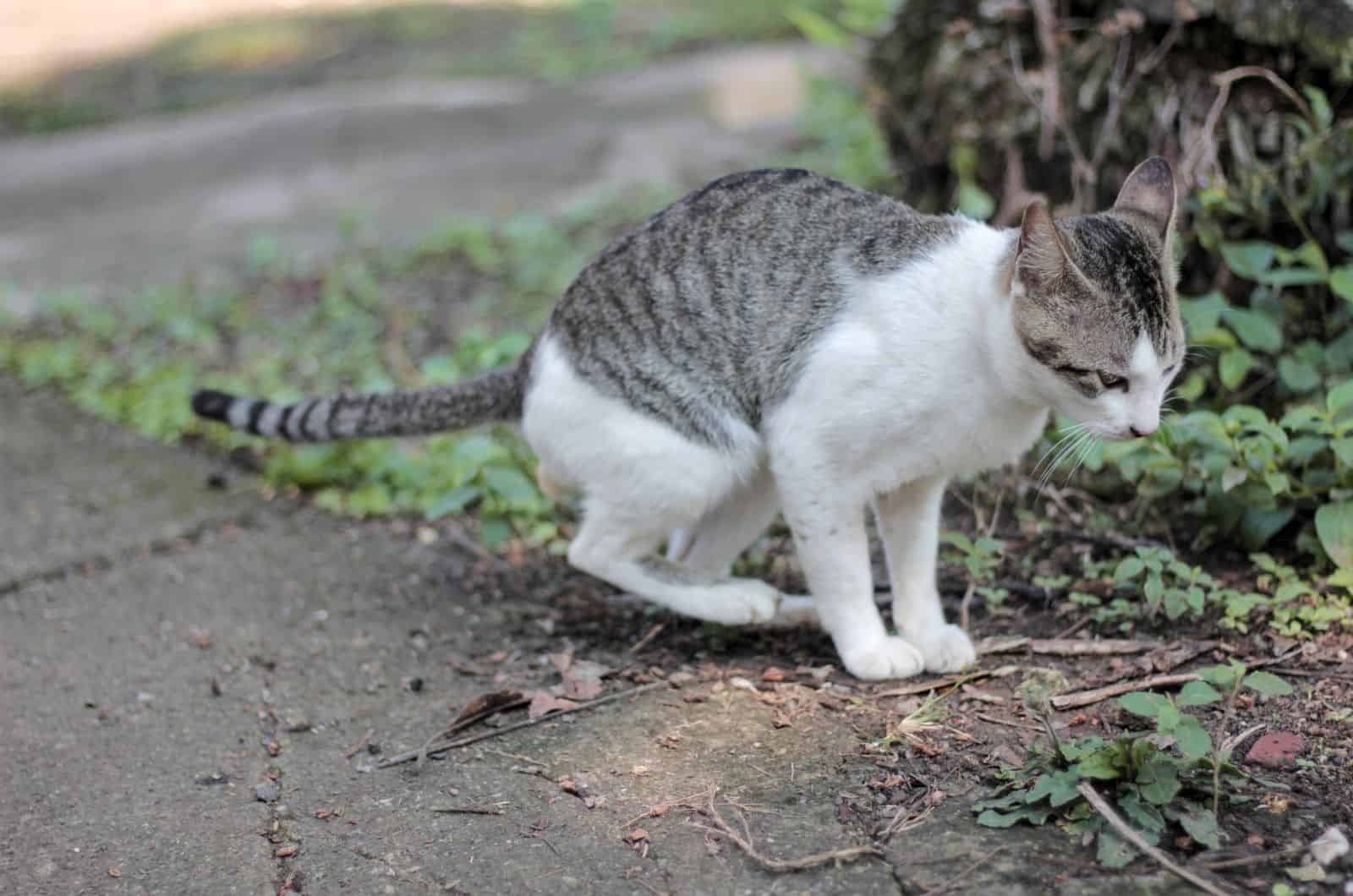
A cat poop color chart is important; it’s helpful to know all about the different textures and colors that cat poop can be. This can help prevent, cure, and avoid unnecessary bacterial infections, diseases of the cat’s digestive system, bowel movement issues, and overall health complications.
The color of your cat’s poop can tell you a lot about its overall health, and it may indicate any potential health issues.
Cat Stool Chart
We’ve prepared a cat poop chart that covers all the different types of cat feces to help you understand your cat’s poop and how to help your cat feel better if they’re ill.

If the irregularities with your cat’s poop continue, or if there happens to be any discoloration or changes in the texture of your cat’s poop, consult your vet.
As you can see in the cat poop chart above, different textures and colors of cat poop exist, and if they occur, they’re more likely to bring bad news rather than something positive. Consult your vet, so there’s no need to worry!
What Should A Normal Cat Poop Look Like?
Normal cat excrement should be brown to dark brown in color, and sausage-shaped. It should have a solid consistency but not be excessively firm.
It should be flexible, much like modeling clay. It should be easy to pick up and not leave any traces behind.
There should be no blood or mucus in a cat’s stool. Normal cat feces is a good sign that your cat is in excellent condition and is receiving the appropriate quantity and quality of food for his or her activity level, breed, and age.
When Should You Worry?

When cleaning out your cat’s litter box, you should notice their excrement first. So if something appears different, you’ll undoubtedly detect it.
The texture of your cat’s excrement can range from a liquid puddle to tiny, hard stones, and some textures suggest distinct health problems, usually associated with their digestive tract.
If your cat suffers from constipation, for example, it will deposit hard, dry pieces of excrement. If your cat is suffering from diarrhea, its poop will be runny and may end on the floor around the litter box.
Every owner cleans their cat’s litter box once or twice a day at the very least, so it is inevitable that you will notice any differences in your cat’s stool. It’s good that you want to learn more about different poop textures and colors so you know what they might mean.
Your cat’s feces will almost certainly seem strange at some point in their lives. Abnormalities in your cat’s excrement might signal anything from constipation to more serious medical issues such as kidney disease, gallbladder, or liver disease.
This is why it’s critical to understand what an atypical poop looks like so you can provide your kitten with all the care they require.
How To Help?
To begin with, never try home treatment to address your cat’s feces problems. Always consult your veterinarian before making any sudden changes in diet or lifestyle, and make sure your cat’s food and water are always fresh.
Cleaning Is Revealing
Cleaning your cat’s litter box and discovering bloody poop is very unsettling. Abnormalities in your cat’s excrement should not be taken lightly.
Your cat’s excrement may reveal a great deal about the cat’s condition, so knowing what to do if you’re concerned about the poop is critical.
For example, if you notice that your cat’s feces contains blood, it indicates that they are probably suffering from some kind of health problem, such as inflammation or infestation, which requires medical attention.
For your cat’s health, and your health as well, it is necessary to clean the litter box regularly.
However, by doing so, you can prevent a lot more than just the smells from spreading around the house. You can prevent certain diseases by observing your cat’s poop!
Vets Are There To Help
If your cat is constipated, your veterinarian will most likely recommend increasing the fiber in their diet (as too little fiber can contribute to colitis), increasing their water intake (to improve their digestion), providing wet food, and raising their activity levels.
This should help deal with the cause of the problem, such as a stuck hairball causing a blockage.
If your vet suspects a food intolerance, allergy, or IBD (inflammatory bowel disease) is causing your cat’s irregular feces issues, they may recommend a specific diet. Depending on the cause, deworming medicine or probiotics may also be prescribed.
This is why, if you’re concerned about your cat’s excrement, you should always take the cat to the vet. They will carry out tests and provide a professional diagnosis for what is causing the feces issues.
They will also be able to provide the appropriate treatment so that your cat can recover as soon as possible. You can also take action to prevent such poop irregularities and keep your cat’s feces healthy.
The Cat’s Diet Is An Important Factor
Your vet can also help with establishing which diet plan will best suit your feline friend. The cat’s diet can be the cause of some problems, but dietary changes can also be a solution.
This is why dietary changes should always be discussed with your vet. If you intend to change your cat’s food, do it gradually, slowly introducing the new food over a number of days instead of all at once.
This allows the cat enough time to acclimate to the new meal and reduces the likelihood of tummy distress. The therapy your cat needs will ultimately be determined by the cause of the feces issue it is experiencing.
Concerns About Cat Poop
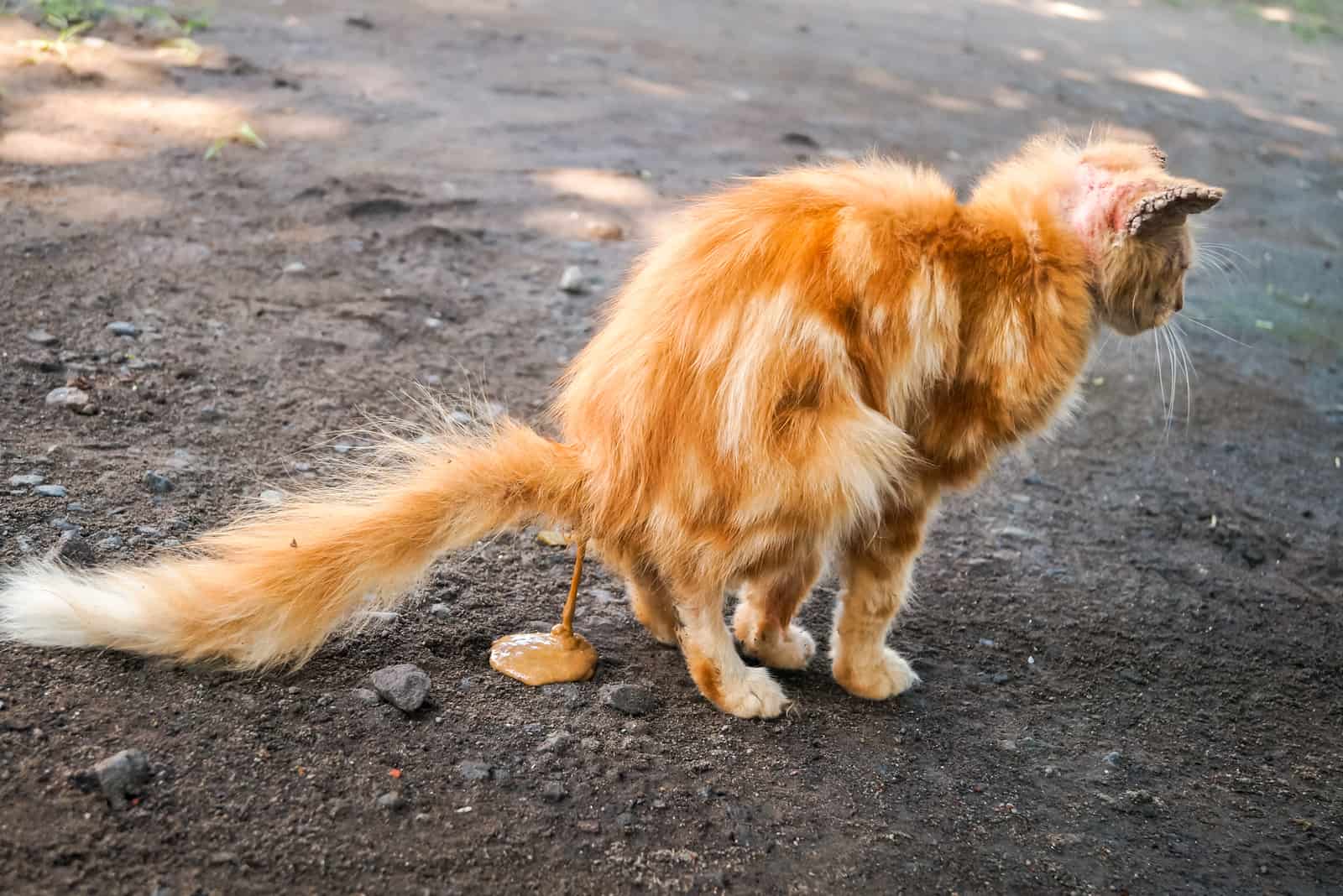
‘How can I know if my cat’s poop is healthy or if there are any health issues?’ Well, examining your cat’s litter box is a good start! The texture and color of your cat’s poop can tell you a lot about your cat’s overall health.
Cat Poop Texture
Soft stool – if your cat’s stool is half firm, half soft, it may still have some shape but be a little mushy, which can indicate an upset stomach. This is often due to a new diet change, especially if it wasn’t introduced gradually.
If your cat’s poop isn’t normal within a couple of days, or you notice new symptoms in your cat, call your vet.
Liquid stool – if your cat’s poop is liquid and lacks form, this most likely indicates cat diarrhea. Intolerance to certain foods, viruses, intestinal parasites, and bacteria are all common causes of diarrhea in felines.
IBD is another health issue that can cause diarrhea in cats. In case of diarrhea, be sure to take your cat to the vet because you don’t want more severe issues to develop.
Hard stool – your cat’s poop can also come out excessively hard in texture, and if it does, you should take your cat to the vet so the cause can be addressed.
Constipation is frequently accompanied by hard stool; cat poop which is too hard, difficult to pass, leaves no trace, and your cat has a more difficult time passing it.
Cat Poop Colors
Light-brown Cat Poop
As long as your cat’s poop is brown, it should be fine, whether it’s light-brown or a darker hue, it usually means a healthy stool. Healthy cat poop should be brown, sausage-shaped, and solid in texture, so it doesn’t leave marks.
Green Cat Poop
If your cat’s feces are green, the reason might be the small intestine causing loose stool, bacteria, or parasite infestation, or perhaps your cat’s simply eaten a lot of grass.
Keep an eye on your cat to see if there are any other symptoms or behavior changes. Remember that, no matter what the cause is, hydration is important.
Yellow Cat Poop
A cat’s poop coming out yellow might indicate several health issues, like gallbladder or liver issues, but it can also be less serious. If you notice your cat’s poop is yellow, and if there are any other symptoms, contact your vet!
Orange Cat Poop
Orange cat feces does not always signal a major problem. It might be just because of orange foods which contain beta carotene.
However, the presence of other symptoms, such as vomiting, constipation, appetite loss, weight loss, etc., coupled with orange feces, indicates that the kitty is suffering from a significant health problem.
Gray Cat Poop
Gray cat poo may occur if your kitty has a problem digesting lipids (fats), which is generally caused by a liver or pancreas problem. Stools may also be gray if there is a buildup of jelly-like mucus.
White Cat Poop
White poop in cats is definitely unusual, and it’s usually a result of a bowel infection, coccidia, tapeworms, liver issues, and dietary changes. If there are other symptoms like vomiting, diarrhea, or a lack of appetite, you may be dealing with a more serious condition.
White cat poop can also be associated with pancreatic issues, gallbladder problems, or cat’s intestinal issues, so going to the vet is important.
Black Cat Poop
If your cat’s poop is black and/or tarry, this indicates bleeding in the cat’s gastrointestinal tract.
Other symptoms such as vomiting, lethargy, appetite loss, and weight loss might be present. How you treat feline GI tract bleeding will differ depending on the cause.
If the cause is parasites, your vet will prescribe dewormers, whereas if it’s IBD, your vet will prescribe anti-inflammatory meds. In any case, contact the vet immediately if your cat’s poop appears black or tar-like.
Red Cat Poop
If your cat’s poop is reddish, it’s probably an indication of internal bleeding inside the rectum. Bacterial infections are usually the cause of fresh blood in the cat’s poop.
Final Words
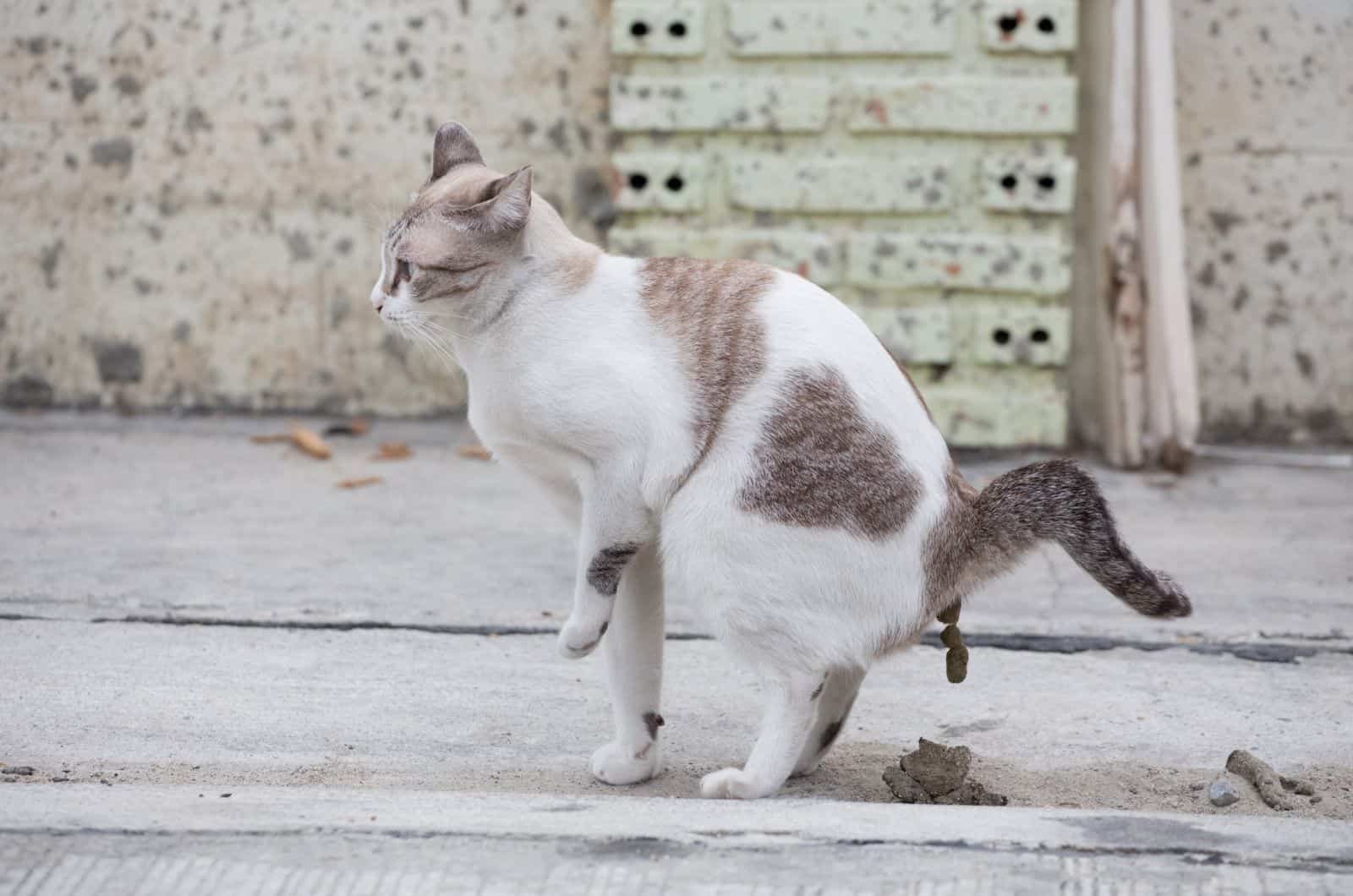
While you might want to toss away your cat’s poop as soon as you remove it from the litter box, it’s a good idea to examine it for a few seconds.
Your cat’s excrement may reveal a great deal about its general health, and if anything is unusual, your kitty may be unwell. So, if you’re cleaning your cat’s litter box and notice that their excrement is mushy and runny, too hard, or an unusual color, don’t just brush it aside.
Abnormalities in your cat’s feces might signal a variety of health issues, including constipation, diarrhea, and even more serious illnesses, such as GI bleeding, liver disease, gallbladder issues, and other gastrointestinal issues.
I hope you’ve found this brief article and cat poop color chart helpful and that you’ll use it any time you notice something unusual about your cat’s excrement, so you’ll know when to call the vet to schedule an appointment for investigations or reassurance.
Related Articles:
• How Long Can A Cat Go Without Using The Bathroom? Explained

